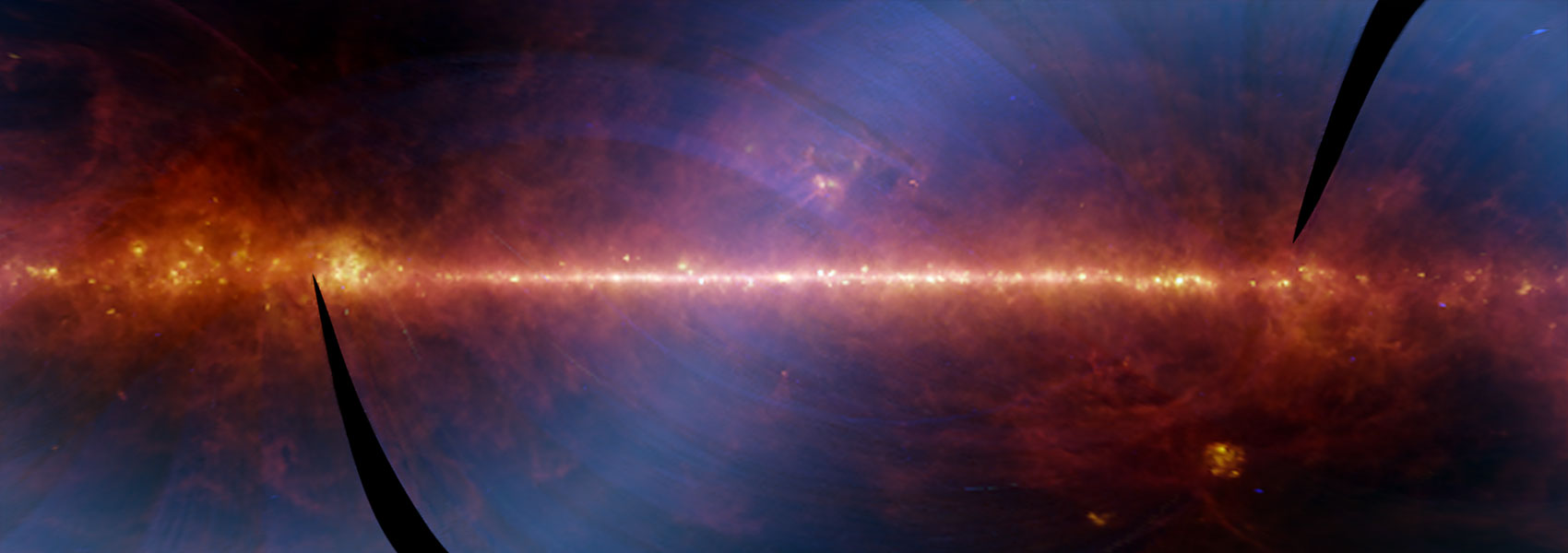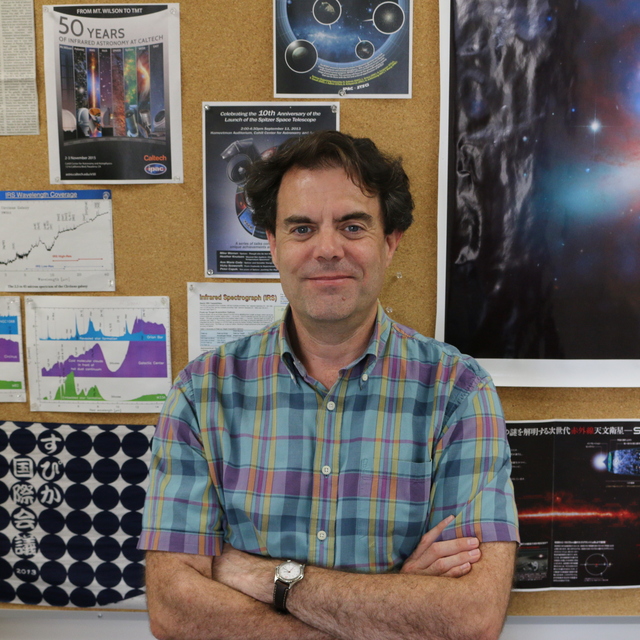
JWST Observations of Starbursts: Polycyclic Aromatic Hydrocarbon Emission at the Base of the M82 Galactic Wind
May 2024 • 2024ApJ...967...63B
Abstract • We present new observations of the central 1 kpc of the M82 starburst obtained with the James Webb Space Telescope near-infrared camera instrument at a resolution θ ∼ 0.″05–0.″1 (∼1–2 pc). The data comprises images in three mostly continuum filters (F140M, F250M, and F360M), and filters that contain [Fe II] (F164N), H2 v = 1 → 0 (F212N), and the 3.3 μm polycyclic aromatic hydrocarbon (PAH) feature (F335M). We find prominent plumes of PAH emission extending outward from the central starburst region, together with a network of complex filamentary substructures and edge-brightened bubble-like features. The structure of the PAH emission closely resembles that of the ionized gas, as revealed in Paschen α and free–free radio emission. We discuss the origin of the structure, and suggest the PAHs are embedded in a combination of neutral, molecular, and photoionized gas.
Links
- PREPRINT http://arxiv.org/abs/2401.16648
- NED https://ned.ipac.caltech.edu/uri/NED::InRefcode/2024ApJ...967...63B
- ELECTR https://doi.org/10.3847/1538-4357/ad33c8
- SIMBAD https://simbad.u-strasbg.fr/simbad/sim-ref?querymethod=bib&simbo=on&submit=submit+bibcode&bibcode=2024ApJ...967...63B
- PDF https://iopscience.iop.org/article/10.3847/1538-4357/ad33c8/pdf
- DATA https://archive.stsci.edu/mastbibref.php?bibcode=2024ApJ...967...63B
- DATA https://archive.stsci.edu/mastbibref.php?bibcode=2024ApJ...967...63B
- DATA https://doi.org/10.17909/cwtn-nh63
- DATA https://doi.org/10.17909/jdx7-qg88
- DATA https://hst.esac.esa.int/ehst/#/pages/search;bibcode=2024ApJ...967...63B



